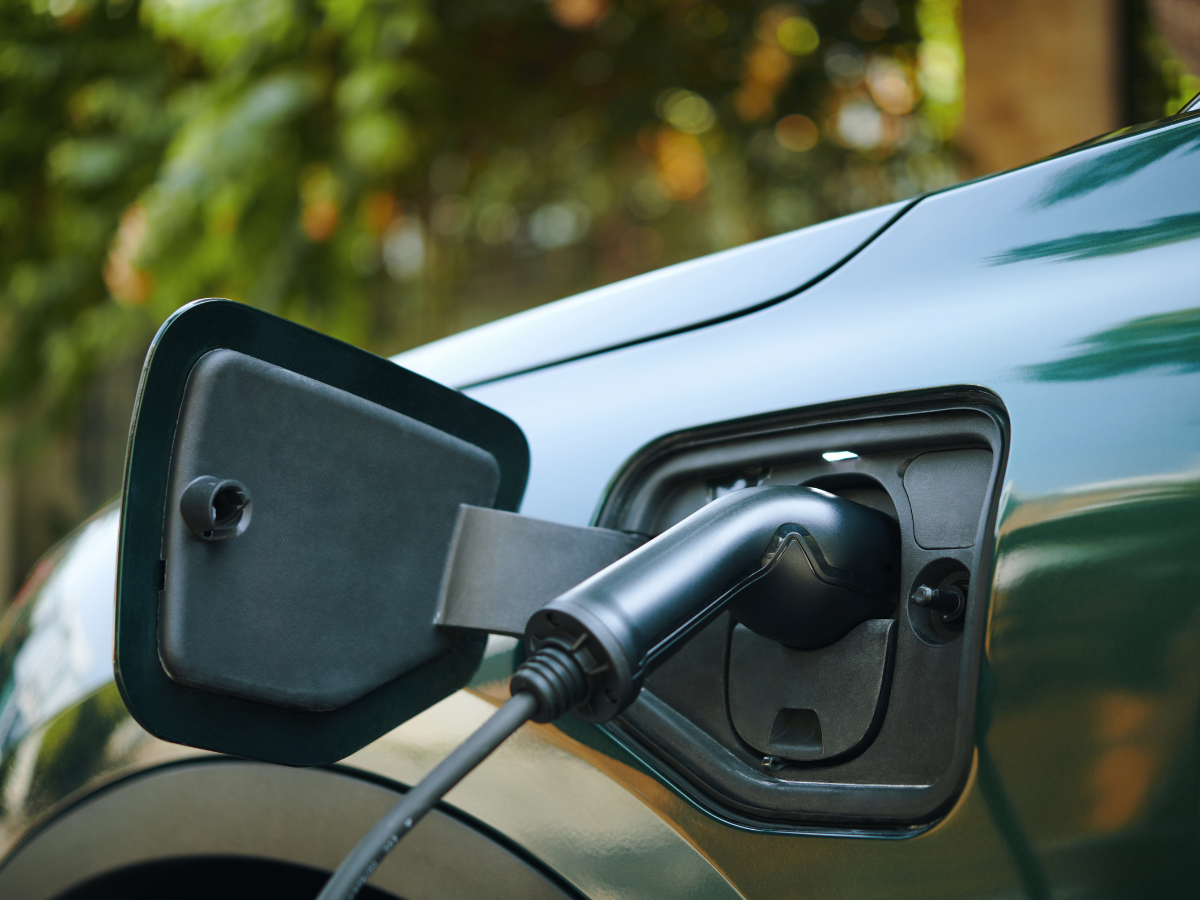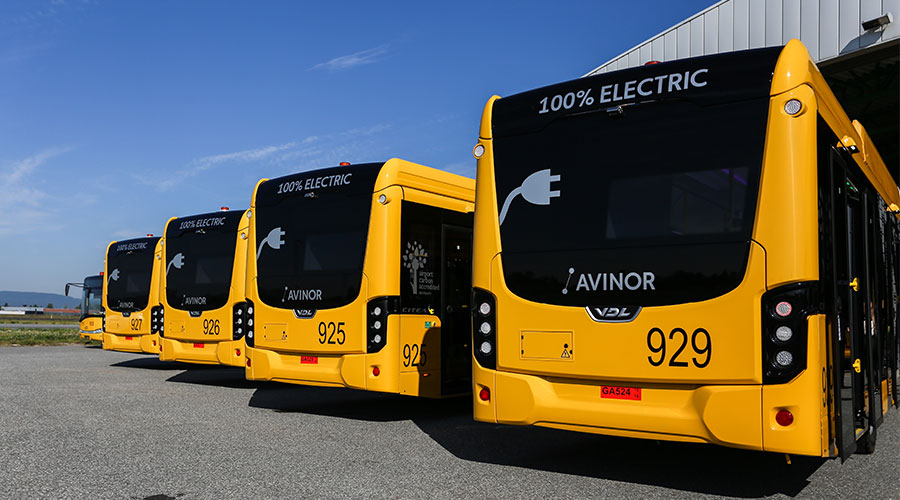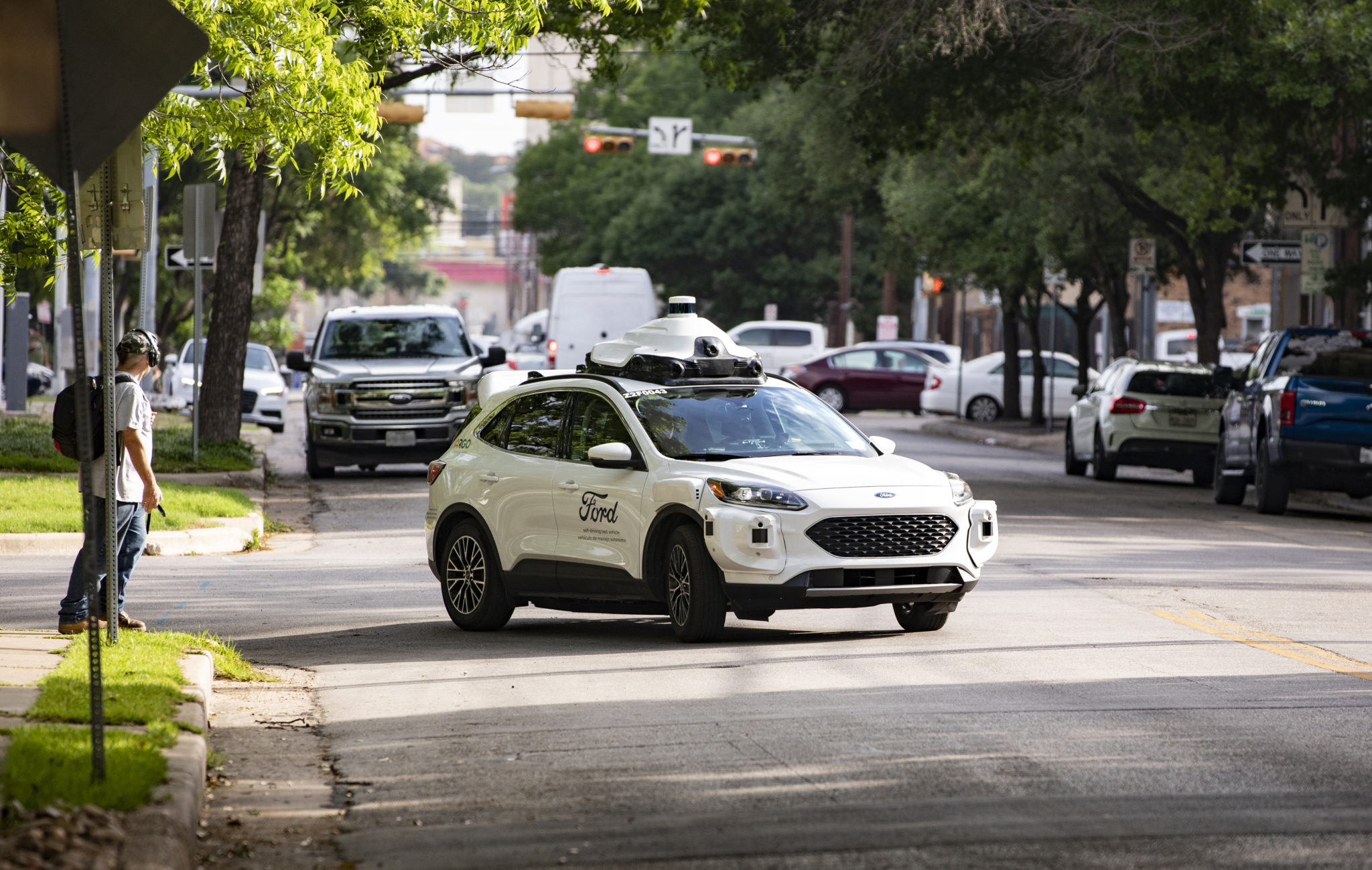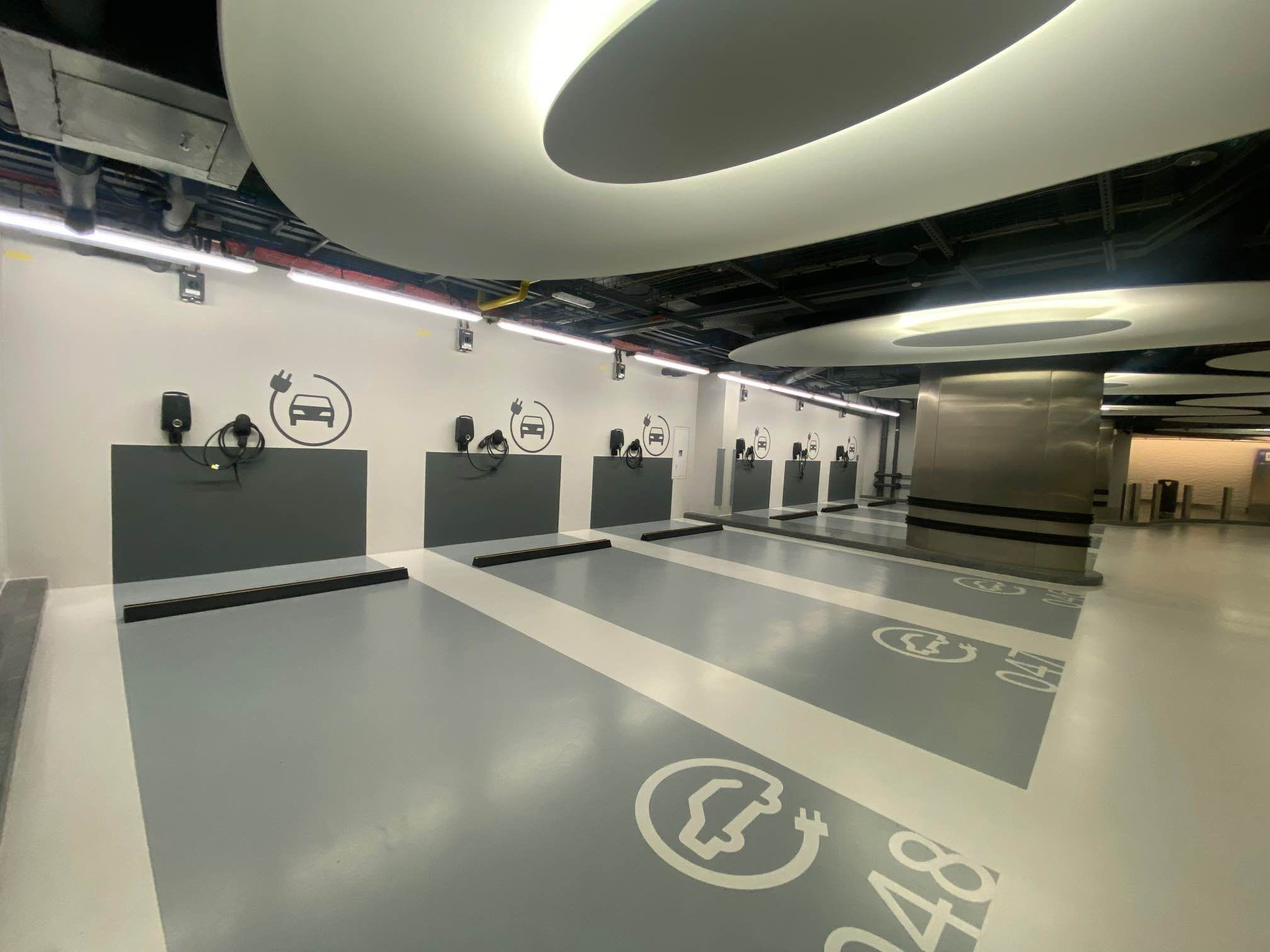The Oregon Department of Transportation (ODOT) has completed Phase 1 upgrades on the West Coast Electric Highway, enabling Oregon’s charging stations to serve a wider range of electric vehicles, including e-bikes.
The West Coast Electric Highway is a network of EV charging stations running from British Columbia, Canada to southern California, US. 44 of these stations are located in Oregon along Interstates 5 and 84, and US 101.
On 24 May 2022, Governor Kate Brown attended a ceremony to celebrate the completion of the Phase 1 upgrades, joined by ODOT director Kris Strickler and Ian Vishnevsky, COO of EVCS, who manages the West Coast Electric Highway’s charging stations. Brown noted that such public-private partnerships will be critical as Oregon acts to combat the effects of climate change.
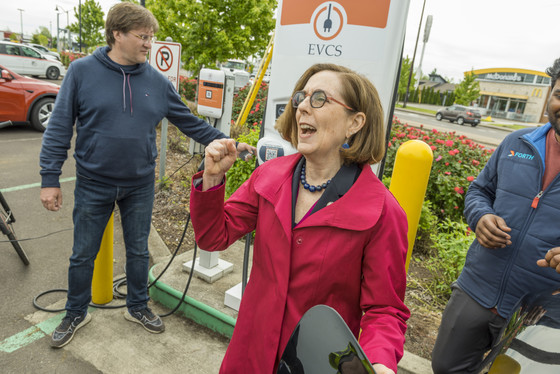
Governor Kate Brown said:This will take all of us working together to create a seamless national network of charging stations that is reliable, affordable, convenient and of course equitable. I absolutely believe that by working together we can build a better future for Oregon. We certainly have a lot of work ahead of us and it’s much better if we do this work together.
EVCS has announced that Phase 2 of the West Coast Electric Highway upgrade plan will begin this summer and will convert 11 stations to ‘superstations’ that will offer faster charging speeds. Phase 3 will then begin in autumn to add three new charging stations, expanding the network to 47 stations in Oregon.
Ian Vishnevsky, COO/CFO of EVCS said:Our goal is to create the most reliable and accessible EV charging infrastructure in the nation. EVCS’s collaboration with ODOT to upgrade the West Coast Electric Highway will improve confidence in going electric as we seek to combat climate change through our sustainable and accessible charging stations.
ODOT is contributing 4 million USD to the West Coast Electric Highway upgrade project, as part of the agency’s recent 100 million USD commitment to expanding public EV charging infrastructure in Oregon over the next five years. This commitment aligns with ODOT’s Strategic Action Plan, which calls for electrifying the transportation network to reduce harmful greenhouse gas emissions.




